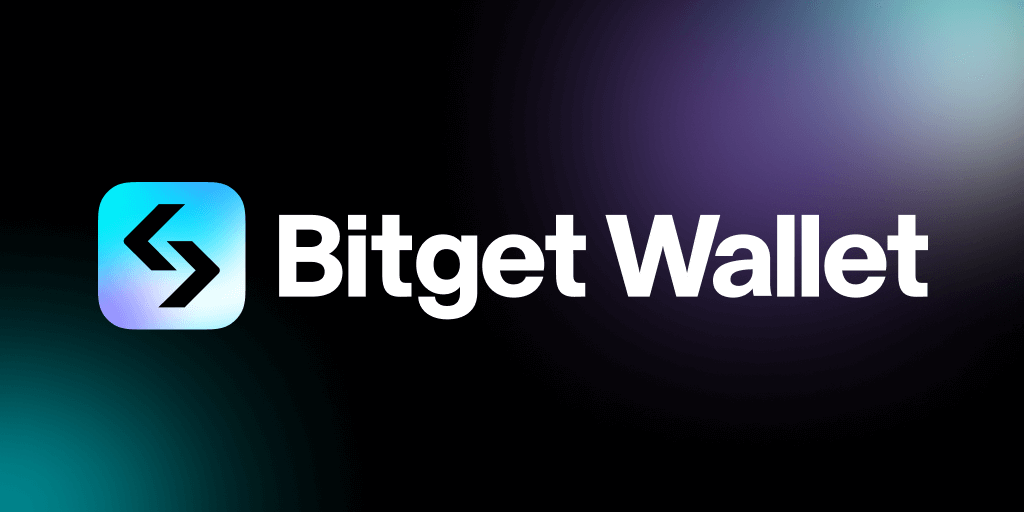So I was thinking about how much the crypto world has shifted lately. Seriously, it feels like every week there’s some new layer of complexity—or convenience—added. Cross-chain swaps used to be this hazy, almost sci-fi concept for me. But now? They’re kinda becoming a no-brainer for anyone into decentralized finance. Wow!
At first glance, the idea of moving assets seamlessly between different blockchains sounds like magic. But then again, it’s not just about the tech; it’s about usability and, more importantly, security. You know, something felt off about some early swap platforms—they were clunky, and honestly, sketchy. My instinct said to steer clear until I found options that felt more robust and user-friendly.
Here’s the thing: browser extension wallets, like the bitget wallet, have really changed the game. They’re not just a safe place to stash coins—they’re portals that bridge multiple chains and even integrate tools like copy trading. It’s like having a Swiss Army knife for DeFi right in your browser. Initially I thought browser wallets were just a convenience, but then realized they’re becoming the backbone of multi-chain DeFi activity.
On one hand, cross-chain swaps simplify things for users who want to diversify without juggling five different wallets. Though actually, the technical challenges behind making these swaps secure and trustless are enormous. The protocols have to handle different consensus mechanisms, transaction speeds, and fee structures seamlessly, which is no small feat.
Okay, so check this out—copy trading has been around in traditional finance for a while, but its crypto incarnation is fascinating. You can literally follow seasoned traders’ moves and mimic their strategies in real-time. It’s like having a mentor, but automated. That said, it’s not foolproof. Blindly copying trades can backfire if you don’t understand the underlying risks.
Speaking of risks, the whole multi-chain setup introduces new attack surfaces. Browser extensions, while super handy, can be vulnerable if not properly managed. That’s why I’m biased towards wallets that combine strong security with seamless multi-chain support. The bitget wallet fits that bill pretty well—especially because it bundles in cross-chain swaps and copy trading natively, which reduces reliance on external apps.
Here’s what bugs me about some wallet providers: they tout multi-chain support but don’t offer integrated trading features. You end up bouncing between platforms, which defeats the purpose of having a unified wallet experience. Plus, the user interface often feels like an afterthought. I’m not 100% sure, but I suspect that integrating trading features right into the wallet could become a standard soon.

Now, about the actual experience—using a browser extension wallet that supports cross-chain swaps feels smooth once you get used to it. The key is trust. I remember trying to swap tokens across Ethereum and Binance Smart Chain with different tools, and it was a mess—delays, failed transactions, and confusing fees. But with integrated wallets, it’s more straightforward. The bitget wallet lets you do this with fewer clicks and clearer info, which honestly, makes a big difference.
One thing I didn’t expect is how copy trading can influence cross-chain behavior. You might see a trader swapping assets on Polygon and then replicating that on Avalanche. This multi-chain strategy adds layers to portfolio management that weren’t easy to access before.
On the flip side, I wonder if this convenience might lull some users into overconfidence. Copy trading is a powerful tool, but market conditions can change rapidly, and what worked yesterday might tank tomorrow. Automated systems don’t have gut feelings—something I rely on heavily when I trade manually.
Anyway, if you’re deep into DeFi, juggling multiple chains, and want to streamline your workflow, I’d recommend exploring wallets that combine these capabilities. The bitget wallet is an interesting choice. It supports cross-chain swaps directly in the browser extension and offers copy trading features that are becoming more polished daily.
Oh, and by the way, if you’re worried about security, these embedded features reduce the need to connect multiple third-party apps, which generally lowers your exposure. But remember, no wallet is a silver bullet—always double down on your own due diligence.
To wrap my head around this whole ecosystem, I kept thinking about the old days when you had to manually transfer assets between exchanges and chains using clunky interfaces and multiple seed phrases. That felt cumbersome and risky. Now, the convergence of browser extension wallets, cross-chain swaps, and copy trading tools is making DeFi more user-friendly, but also more complex under the hood.
So, where does that leave us? Well, it’s clear the landscape is evolving fast. Personally, I’m excited but cautious. The integration between cross-chain swaps and copy trading within browser extensions like the bitget wallet is promising—but it’s still early days. I’m looking forward to seeing how these tools mature and how users adapt to multi-chain strategies with greater ease and security.
